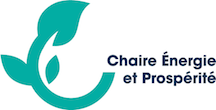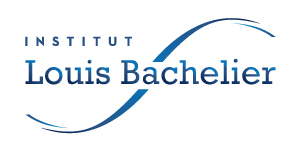Ut pellentesque libero ac magna ornare, eget dictum orci ultricies. In quis tortor semper, luctus dolor ut, adipiscing eros. Maecenas sed pharetra neque. Nullam id ipsum id quam ultrices luctus. Donec adipiscing augue non placerat consectetur. Aliquam erat volutpat.
The article studies the 1978 macroeconomics conference titled “After the Phillips Curve”, where Lucas and Sargent presented their fierce attack against structural macroeconometric models, “After Keynesian Macroeconomics”. It aims at enlarging the comprehension of changes in macroeconomics in the 1970s.
Output-based allocations (OBAs) are typically used in emission trading schemes to mitigate leakage in sectors at risk. Recent work has shown they may also help to stabilize prices in markets subject to supply and demand shocks. We extend previous work to simultaneously include both leakage and volatility.
The paper studies pollution permit markets in which a fraction of permits are allocated to firms based on their output. Output-based allocations, which are receiving increasing attention in the design of carbon markets around the world are shown to be optimal under demand and supply volatility despite the output distortions they may create.
We examine to which extent the Keen model (Keen 1995) is a faithful modelling of Minsky's Finance. We conclude that the Keen crisis has few Minskian flavours.
The consumption of mineral resources and energy has increased exponentially over the last 100 years. Further growth is expected until at least the middle of the 21st century. In order to meet this demand, more metals will have to be produced by 2050 than over the last 100 years, which raises questions about the sustainability and conditions of supply.
Realised with Jean-Pierre Ponssard, this "Cahier de l'ILB" is dedicated to sustainable mobility. It deals with various subjects : how driving restrictions affect urban pollution, carbon footprint of motor vehicles in the United States, hydrogen vehicles, the importance of strong regulation to reap the full benefits of innovation in mobility.
Séminaire en présence d'Adam George (SOAS, University of London). Adam George présente un modèle macroéconomique SFC environnemental britannique intégrant émissions de CO2 et investissements verts de tous les agents économiques. Le modèle trimestriel analyse l'impact des politiques énergétiques selon le rapport capital vert/capital conventionnel. Quatre scénarios fiscaux verts sont testés (2022-2035) : taxe carbone, investissement...
Le laboratoire GAEL (Grenoble Applied Economics Laboratory) et la Chaire Energie et Prospérité organisent un workshop sur l’économie de la bioénergie les jeudi 9 et vendredi 10 octobre 2025 sur le campus universitaire de Grenoble.


